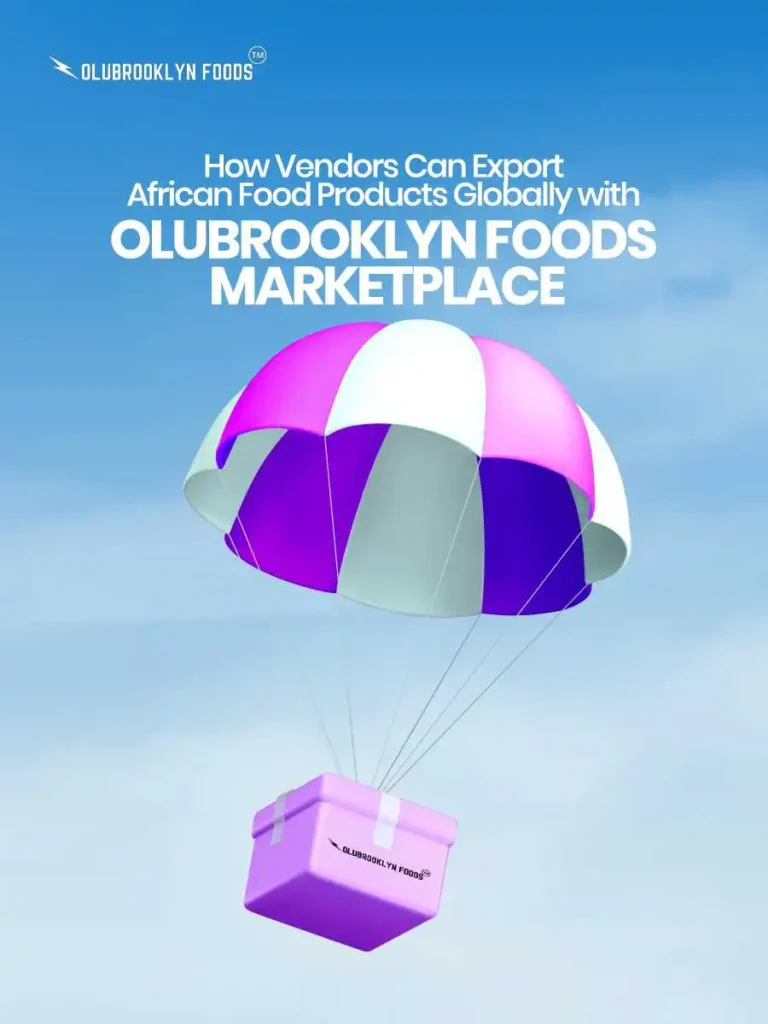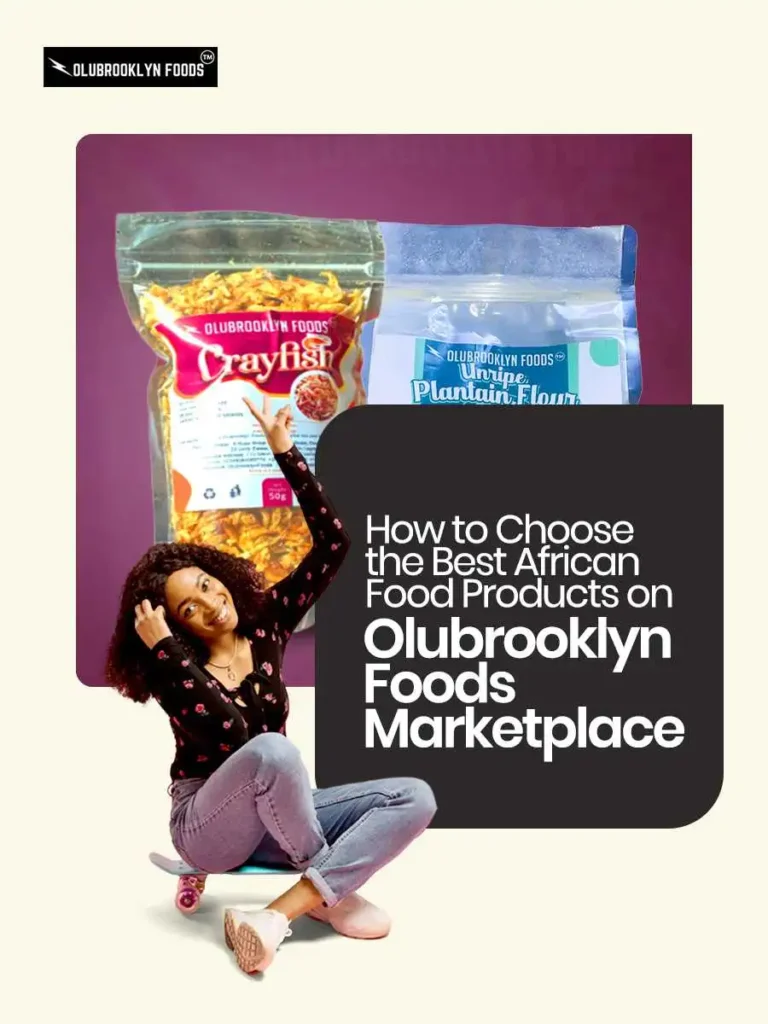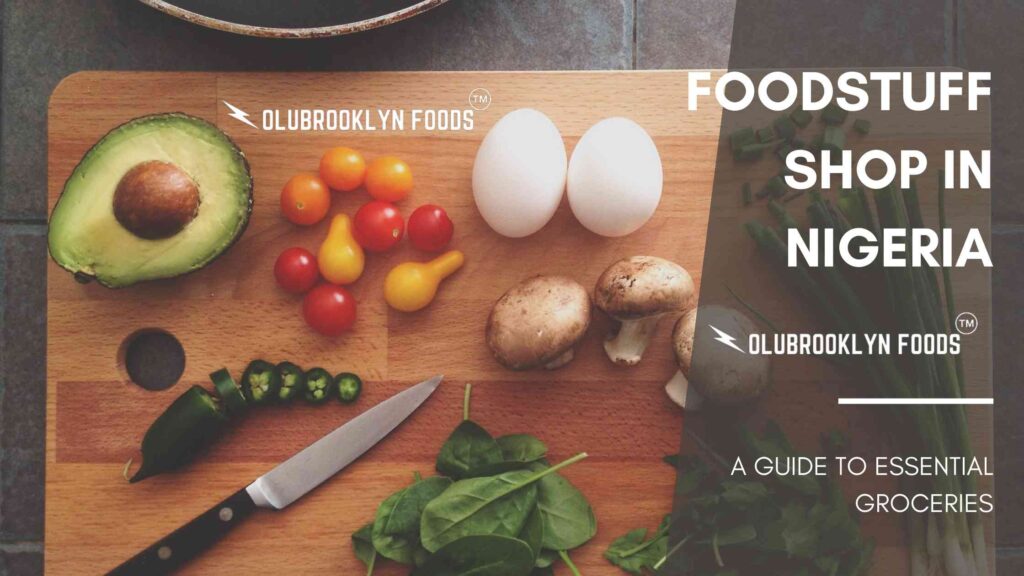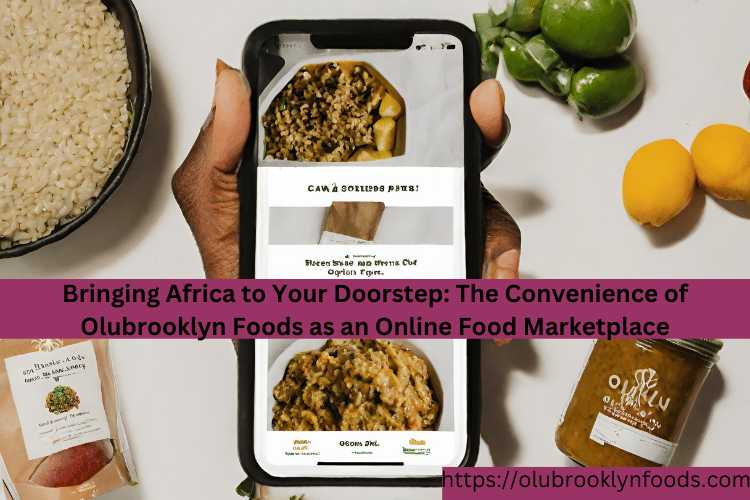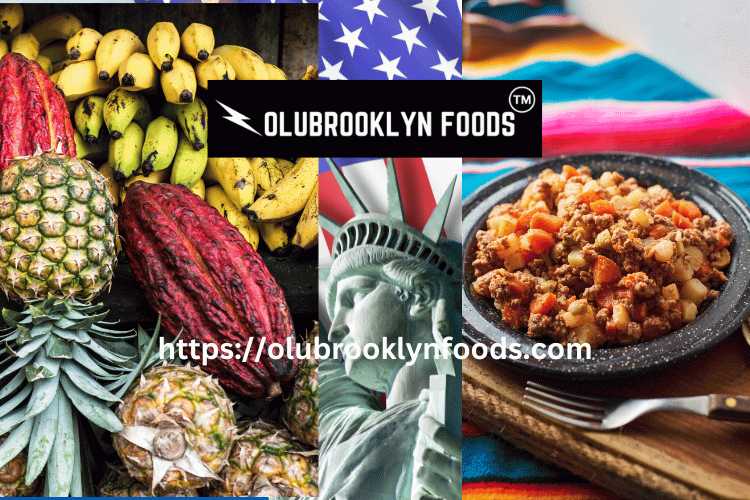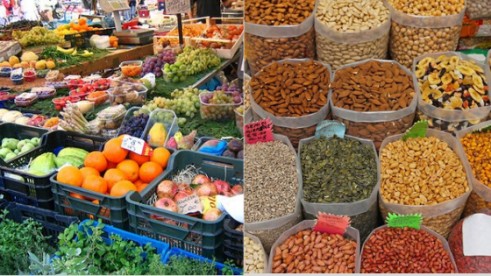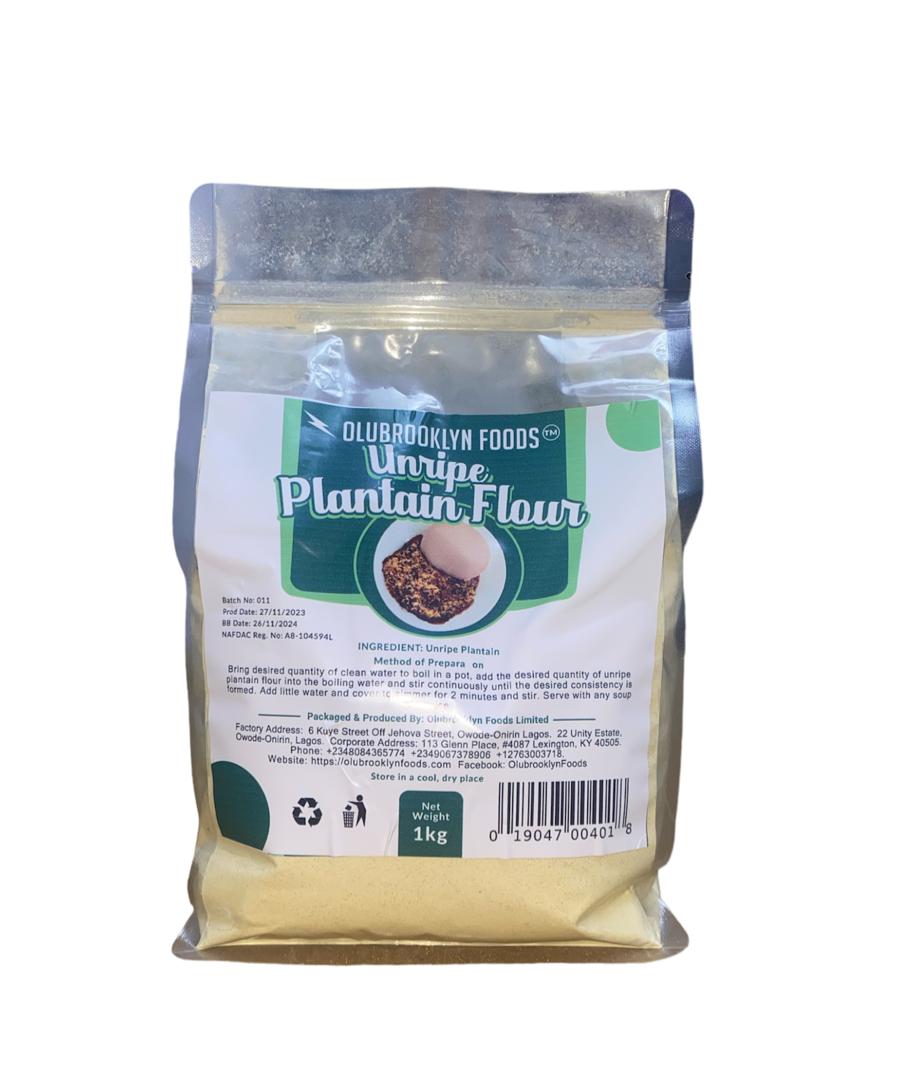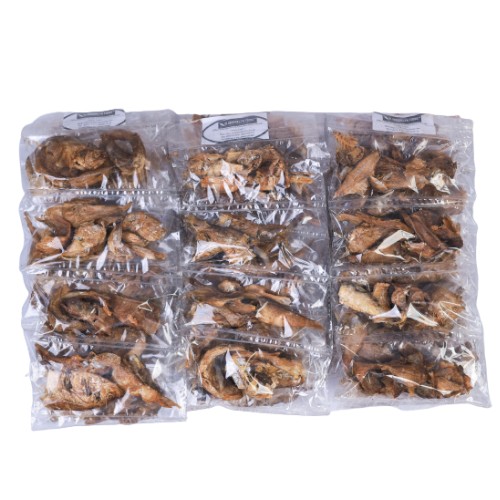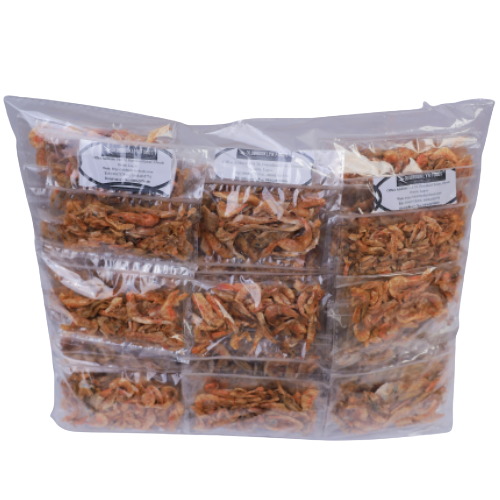Mastering Food Safety: Quick Checks to Ensure Your Products Stay Fresh in Transit

Imagine sourcing the freshest, most vibrant yam tubers, the juiciest garden eggs, or the perfectly smoked catfish from local Nigerian markets for food safety. You’ve put your heart into preparing or packaging them, ready for customers who eagerly await a taste of home or a new culinary adventure. But then, a thought creeps in: Will it arrive as fresh as it left? Will it still be safe to consume?
This isn’t just a fleeting worry; it’s the paramount challenge in food delivery. For businesses, especially those dealing in perishable goods like authentic African food products, Mastering Food Safety during transit isn’t just a best practice – it’s the bedrock of your reputation and customer trust. A single compromised delivery can erode years of hard work.
In a world where consumers are increasingly health-conscious and supply chains stretch across continents, understanding and implementing robust food safety checks during transportation is non-negotiable. This ultimate guide will walk you through essential quick checks and deeper insights to ensure your delicious offerings, from fresh produce to processed spices, reach their destination safely, maintaining quality and customer satisfaction every single time.
Table of Contents
The Perilous Journey: Why Transit Matters So Much for Food Safety
When we think of food safety, our minds often jump to kitchen hygiene or proper cooking temperatures. While critical, the journey from farm or factory to the consumer’s doorstep is often the most vulnerable link in the food chain. This “last mile” or even “middle mile” of transit introduces a unique set of challenges that can compromise product integrity.
The “Danger Zone”: Temperature Fluctuations are the Enemy
Perhaps the single biggest threat to food safety during transit is temperature abuse. Perishable foods thrive within specific temperature ranges – often refrigerated or frozen. Deviations, especially prolonged exposure to the “danger zone” (between 40°F and 140°F, or 4°C and 60°C), create an ideal breeding ground for harmful bacteria like Salmonella, E. coli, and Listeria.
Consider a vendor shipping smoked fish from Lagos to Abuja. If the vehicle’s refrigeration unit falters, or the product is left exposed on a hot tarmac, even for a short period, bacterial growth can skyrocket, turning a prized delicacy into a health hazard. This isn’t just about spoilage; it’s about potentially severe foodborne illnesses.
Physical Damage: More Than Just Unsightly Bruises
While a bruised tomato might seem like a minor aesthetic issue, physical damage to food products in transit can have deeper food safety implications.
- Breached Packaging: Crushed boxes or punctured bags expose contents to contaminants – dust, dirt, pests, or even chemicals from other cargo.
- Accelerated Spoilage: Bruising in fruits and vegetables breaks down cell walls, releasing enzymes that speed up spoilage and create entry points for microbes.
- Cross-Contamination: Damaged packaging can lead to leakage, potentially contaminating other, undamaged products in the same shipment.
Contamination Risks: Seen and Unseen Threats
Transit vehicles are not sterile environments. They carry various goods, are exposed to different external elements, and can harbor unseen dangers.
- Biological Contamination: Pests (rodents, insects), mold spores, and even human pathogens from improper handling can all contaminate food.
- Chemical Contamination: Residues from cleaning agents, exhaust fumes, or spills from non-food items transported in the same vehicle can leach into food products, especially if packaging isn’t airtight.
- Physical Contamination: Dust, dirt, hair, or loose debris from the vehicle itself can find their way into packages.
Understanding these inherent risks is the first step in Mastering Food Safety during the often-unpredictable journey of food products.
Understanding Food Categories & Their Transit Needs
Not all food products are created equal when it comes to transit. Their inherent characteristics dictate the level of care and specific safety protocols required. Classifying your products is fundamental to Mastering Food Safety in transport.
The Three Pillars: Perishable, Semi-Perishable, and Non-Perishable
| Food Category | Description | Examples (African Food Products) | Key Transit Requirement |
| Perishable | Highly susceptible to spoilage; requires strict temperature control. | Fresh meat, fish, poultry, dairy, fresh vegetables (e.g., leafy greens, tomatoes), cooked meals, certain fruits | Strict Cold Chain (Refrigerated/Frozen Transport) |
| Semi-Perishable | Longer shelf life than perishables, but still require proper storage/care. | Yams, cassava, unripe plantains, potatoes, onions, garlic, some processed snacks, fermented foods | Cool, Dry, Well-Ventilated Environment; Avoid Extremes |
| Non-Perishable | Stable at room temperature for extended periods, low moisture content. | Dried grains (rice, beans), flour (e.g., Olubrooklyn Foods Unripe Plantain Flour), spices (ground egusi), canned goods, bottled palm oil | Dry, Pest-Free Storage; Protect from Physical Damage |
For vendors on an online marketplace dealing in African food products, this classification is critical. For instance, sending fresh ugwu (fluted pumpkin leaves) across state lines requires vastly different considerations than shipping dried egusi seeds.
Quick Checks for Every Stage of Transit: Your Food Safety Blueprint
Mastering Food Safety during transit means implementing checks not just at the final handover, but at every touchpoint – before, during, and after the journey. These quick checks can make all the difference.
Pre-Transit Preparation: The Foundation of Safe Delivery
This stage is about proactive measures. What you do before the product leaves your hands sets the stage for its entire journey.
- 1. Proper Packaging & Sealing:
- Check: Is the packaging appropriate for the product type? Is it food-grade, durable, and designed to withstand the rigors of transit (stacking, vibrations)?
- Action: For perishables, use insulated containers with gel packs or dry ice. For liquids (like palm oil), double-bagged or securely capped bottles are essential. Ensure all packages are tightly sealed to prevent leaks and contamination.
- Insight: Investing in good packaging isn’t an expense; it’s an insurance policy against spoilage and damage. Think of how a perfectly sealed container prevents moisture ingress for ground egusi or a robust box protects fragile akara balls.
- 2. Temperature Pre-conditioning (for perishables):
- Check: Have perishable items been pre-cooled to their optimal temperature before loading into the transport vehicle? Is the refrigerated vehicle already pre-cooled to the correct temperature?
- Action: Products should never be loaded warm into a cold truck, as this strains the refrigeration unit and can lead to initial temperature spikes. Pre-chill your products in a cold room or freezer. Ensure the transport vehicle’s cooling unit is running and stable before loading begins.
- 3. Clear & Accurate Labeling:
- Check: Is every package clearly labeled with product name, contents, “Perishable/Fragile” warnings (if applicable), and crucial “Best By” or “Use By” dates?
- Action: Good labeling facilitates proper handling (e.g., “This Side Up,” “Keep Refrigerated”) and helps recipients quickly identify and prioritize products upon arrival. This is vital for maintaining the cold chain.
- 4. Documentation Check:
- Check: Do you have a clear record of the product, quantity, origin, destination, and any specific handling instructions (e.g., “do not stack”)?
- Action: This ensures accountability and provides a reference point if issues arise. For international shipments, compliance with import regulations and customs documentation is paramount.
During Transit Monitoring: Vigilance on the Move
While you might not be in the vehicle, technology and clear protocols empower you to monitor the journey.
- 1. Temperature Monitoring Devices:
- Check: Are temperature data loggers or real-time GPS trackers with temperature sensors employed for perishable shipments?
- Action: These devices provide an undeniable record of temperature fluctuations throughout the journey. If the temperature goes out of range, you get an alert, allowing for immediate intervention. This is invaluable for pinpointing exactly where a cold chain breach might have occurred. Learn more about cold chain monitoring technology.
- 2. Vehicle Hygiene & Maintenance:
- Check: Is the transport vehicle clean, free from debris, pests, and odors? Has it been recently sanitized? Are refrigeration units regularly serviced?
- Action: A clean vehicle prevents cross-contamination. Regular maintenance of cooling units prevents breakdowns that could compromise temperature-sensitive goods. Always inspect the vehicle before loading.
- 3. Loading & Stacking Protocols:
- Check: Are packages stacked correctly, avoiding crushing and allowing for proper air circulation (especially in refrigerated units)? Are food items separated from non-food items?
- Action: Proper stacking prevents physical damage. For refrigerated goods, leaving space between cartons ensures cold air reaches all products. Preventing cross-contamination means never transporting raw meat next to ready-to-eat produce without proper barriers.
Post-Arrival Inspection: The Final Gatekeeper
The moment of delivery is your last chance to verify product integrity. This is where the checks pay off.
- 1. Immediate Visual Inspection:
- Check: Are there any visible signs of damage to packaging (crushing, punctures, leaks)? Is there condensation inside packaging for refrigerated items, or freezer burn for frozen goods? Are there signs of pest activity?
- Action: Any visual red flags warrant a deeper look. A wet carton of dried beans is a clear sign of compromise.
- 2. Temperature Verification (for perishables):
- Check: Using a calibrated thermometer, measure the internal temperature of a sample of perishable products immediately upon arrival. Compare it to the required temperature range.
- Action: This is the most crucial check for cold chain integrity. If temperatures are out of range, the product may be unsafe and should be flagged for rejection or further assessment.
- 3. Documentation Check & Record Keeping:
- Check: Match the received goods against the shipping manifest. Note any discrepancies, damages, or temperature deviations on the delivery receipt.
- Action: Accurate records are essential for traceability, dispute resolution, and continuous improvement of your food safety protocols.
Beyond the Basics: Advanced Strategies for Mastering Food Safety in Transit
For businesses truly committed to Mastering Food Safety and standing out in the competitive food market, moving beyond quick checks to implement more advanced strategies is key.
Embracing Cold Chain Logistics
While challenging in regions with unreliable infrastructure, the full cold chain is the gold standard for perishable goods. This involves maintaining a continuous temperature-controlled environment from harvest/production to consumption.
- Challenges in Africa: Unreliable power supply, poor road networks, and limited access to specialized refrigerated vehicles (reefers) are significant hurdles.
- Solutions: Innovative smaller-scale cold boxes, solar-powered refrigeration units, collaboration with logistics partners who specialize in temperature-controlled transport, and strategic route planning to minimize transit time.
Smart Packaging Solutions
Packaging technology is evolving rapidly.
- Active Packaging: Packaging that interacts with the food or its environment (e.g., oxygen scavengers, moisture absorbers, antimicrobial agents) to extend shelf life.
- Intelligent Packaging: Incorporates indicators (e.g., time-temperature indicators that change color if a temperature threshold is crossed) or sensors that monitor product freshness and quality. These visual cues can provide immediate food safety assurance.
Driver Training & Awareness
Your drivers and transport personnel are vital links in the food safety chain.
- Training: Provide comprehensive training on food handling, proper loading/unloading techniques, temperature management, vehicle hygiene, and emergency procedures (e.g., what to do if a refrigeration unit fails).
- Awareness: Foster a culture where every team member understands their critical role in preventing foodborne illness.
Contingency Planning: Expect the Unexpected
No system is foolproof. What happens if a truck breaks down? What if there’s a power outage at a transfer point?
- Develop contingency plans: Identify potential risks and outline clear steps to mitigate them. This could include backup refrigeration units, alternative transport routes, or protocols for rejecting compromised goods.
- Communication: Establish clear communication channels between logistics, quality control, and customer service teams to address issues swiftly and transparently.
Real-World Perspectives: Challenges and Triumphs in African Food Transport
From personal experience navigating the vibrant but sometimes unpredictable food landscape in Lagos, the journey of fresh produce can be a masterclass in resilience. I’ve seen roadside markets brimming with produce that might travel hundreds of kilometers on less-than-ideal roads. The vendors who succeed are often those with an innate understanding of preservation and the value of quick, careful handling.
The challenge of Mastering Food Safety here isn’t just about advanced tech; it’s about practical ingenuity. We’ve seen small-scale transporters using insulation and ice blocks in clever ways, meticulously wrapping fragile items, and prioritizing swift delivery to minimize exposure. For a marketplace like ours, bridging the gap between this ingenuity and global standards means:
- Vendor Education: Empowering local vendors with knowledge on international food safety best practices and modern packaging solutions.
- Logistics Partnerships: Collaborating with transport providers who are committed to clean vehicles, controlled environments, and timely delivery, understanding the unique needs of African produce.
- Consumer Confidence: Building trust by ensuring every product purchased through our platform meets stringent quality and safety checks, from source to your kitchen.
Conclusion: Your Commitment to Safe, Fresh Food Delivery
Mastering Food Safety in transit isn’t a daunting, insurmountable task; it’s a commitment to excellence. By understanding the risks, categorizing your products, and implementing quick, effective checks at every stage – from pre-transit preparation to post-arrival inspection – you build a resilient food safety system. This dedication not only safeguards public health but also cultivates unwavering customer trust, fosters brand loyalty, and ensures that the authentic taste and quality of your African food products shine through.
Are you ready to elevate your food safety standards and deliver unparalleled freshness?
- For Vendors: If you’re a producer or seller of high-quality, local African food products, join our marketplace and connect with eager customers who prioritize freshness and safety. Let us help you streamline your reach and grow your business with confidence!
- For Customers: Experience the difference that dedication to Mastering Food Safety makes! Explore our marketplace for a curated selection of fresh, authentic African food products, delivered with care.
- Share Your Expertise: What are your top tips for keeping food fresh in transit, especially in challenging environments? Share your insights and experiences in the comments below – let’s learn from each other!
Embrace the journey of safe food delivery, and let the incredible flavors of Africa reach every home, perfectly preserved.


 Dried Fish
Dried Fish Packaged Crayfish
Packaged Crayfish Plantain Flour
Plantain Flour
